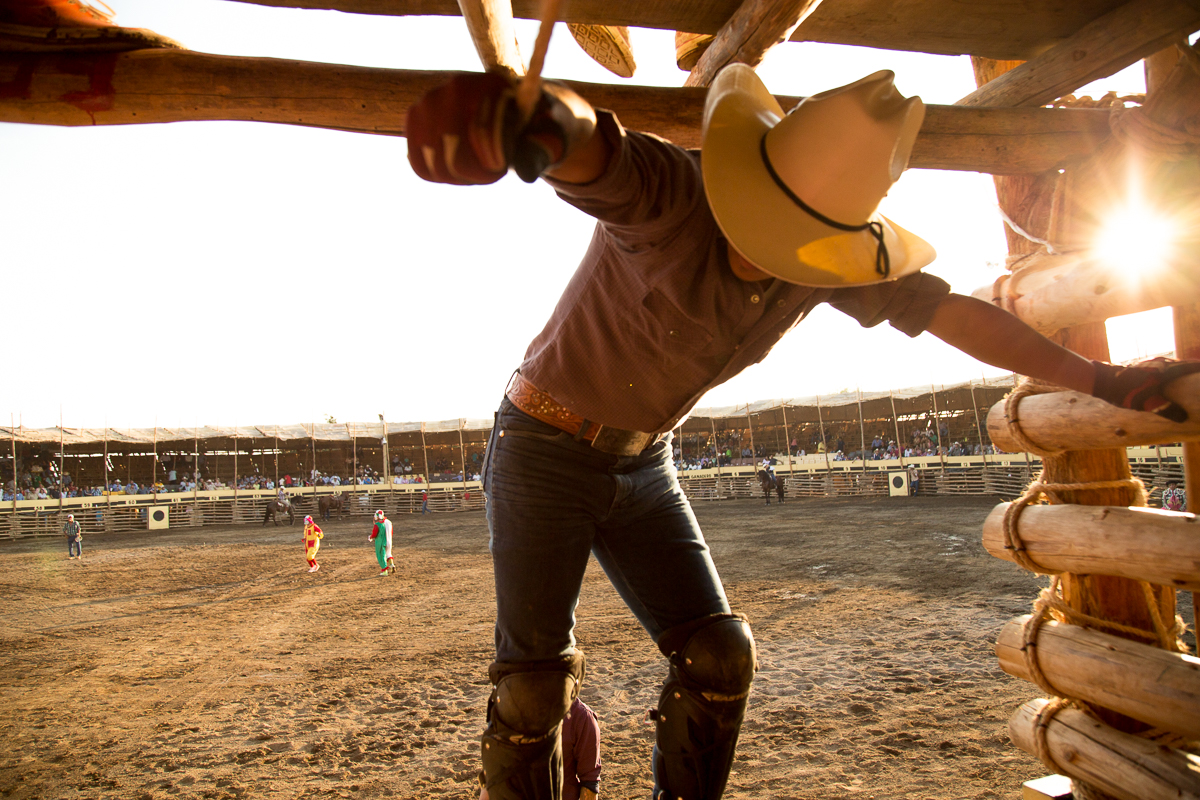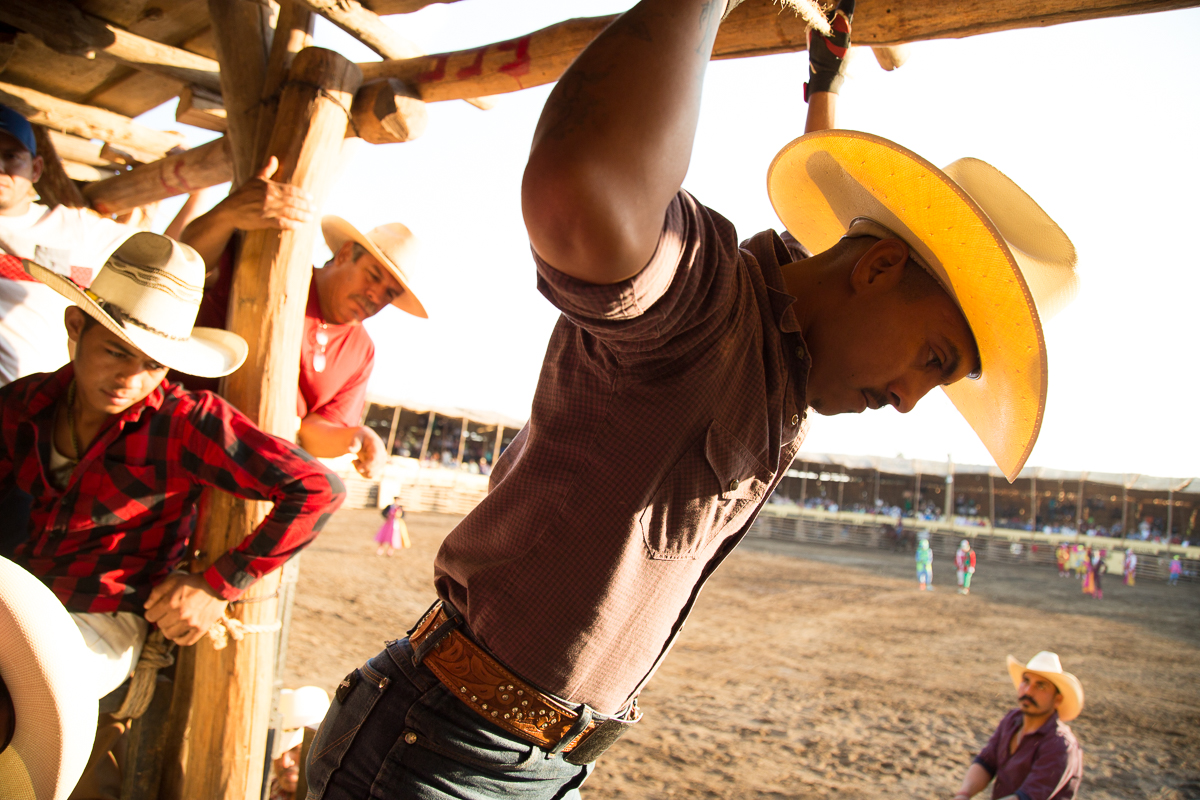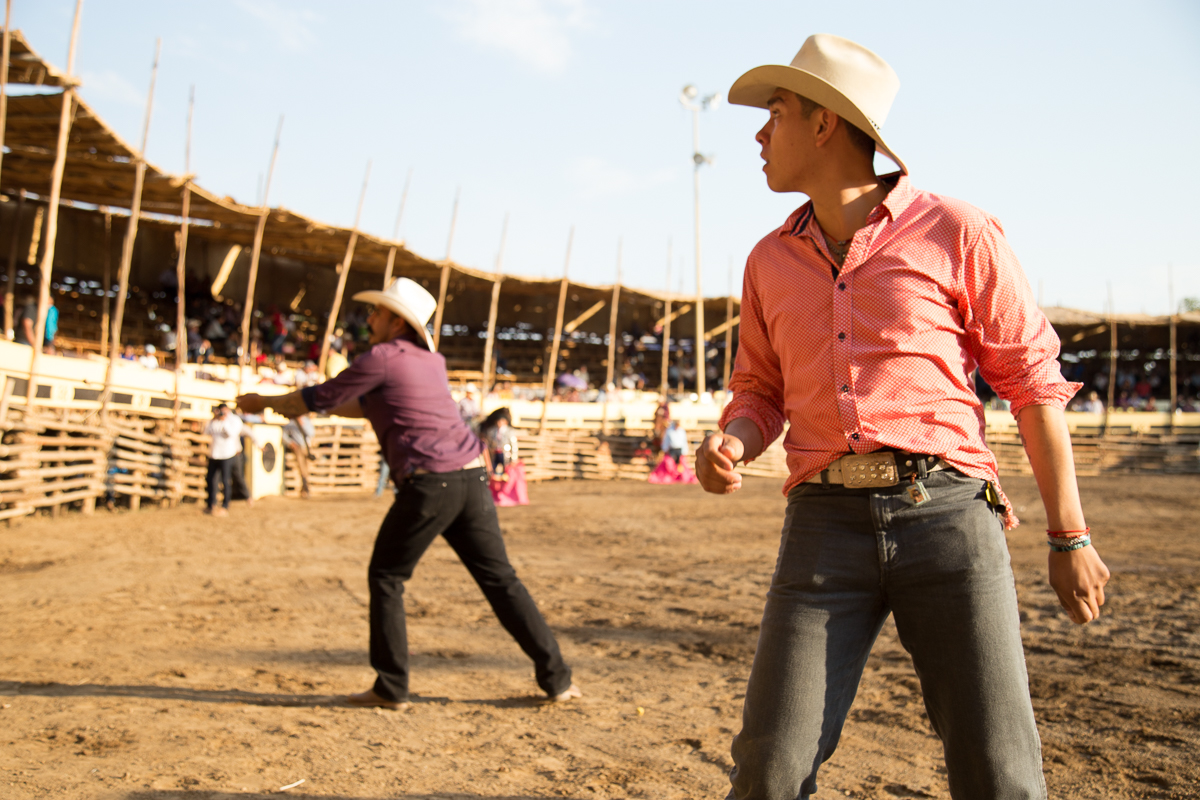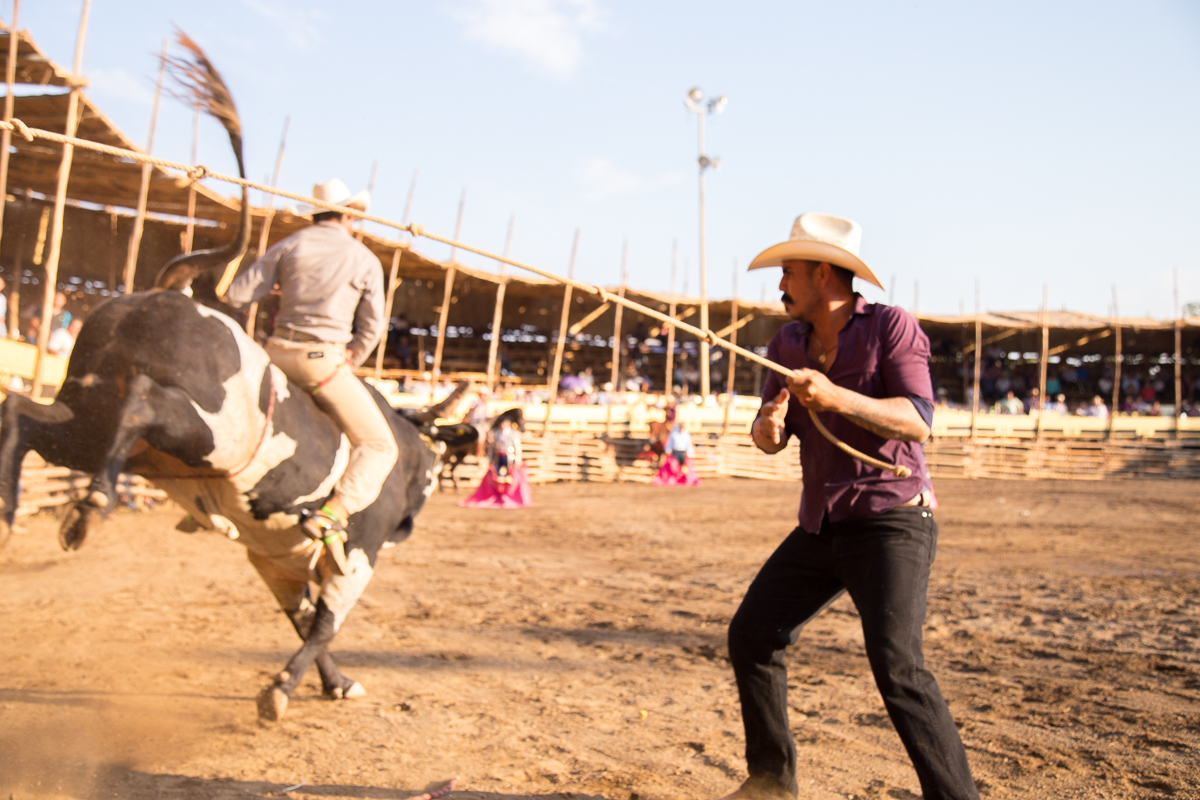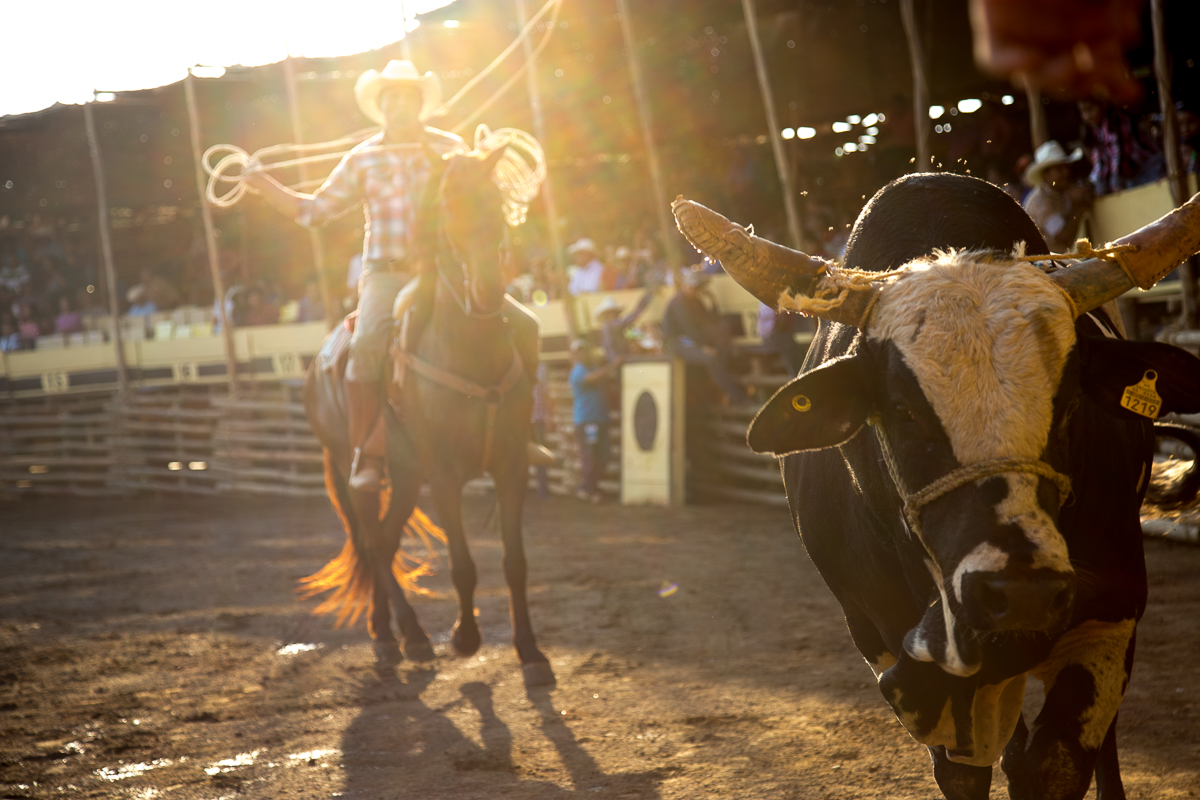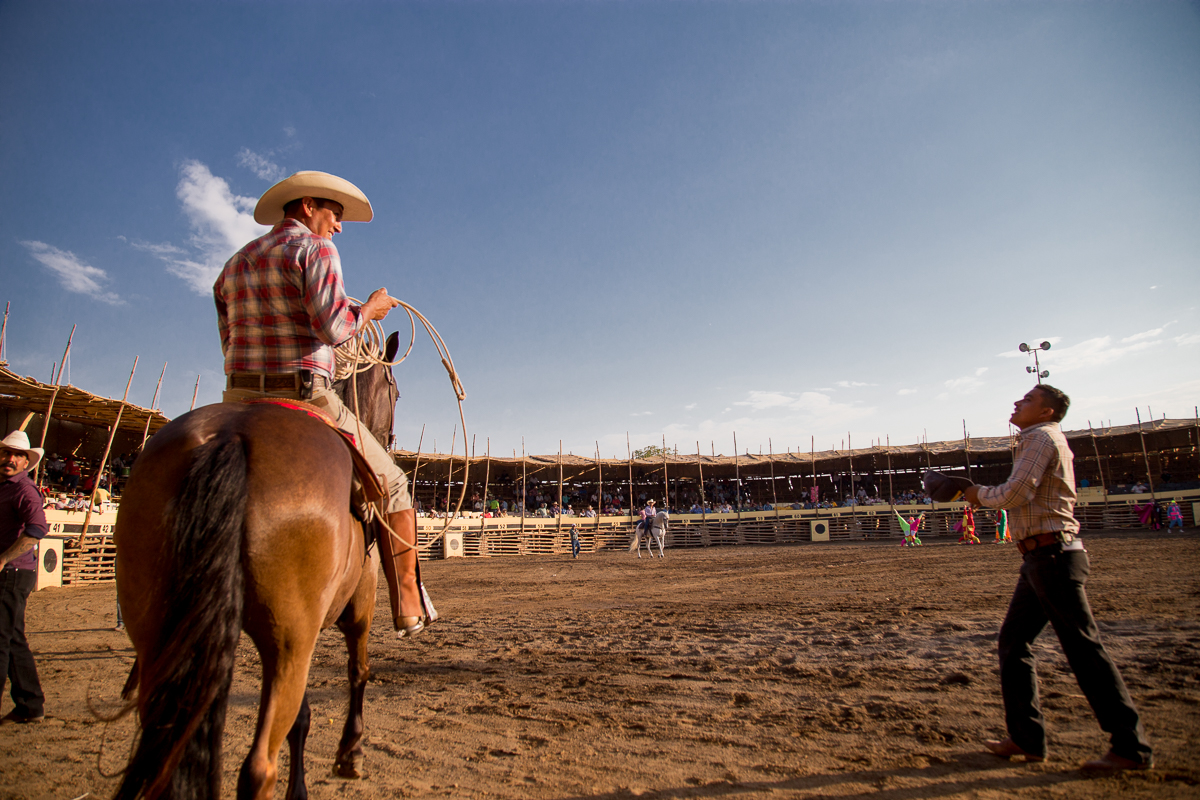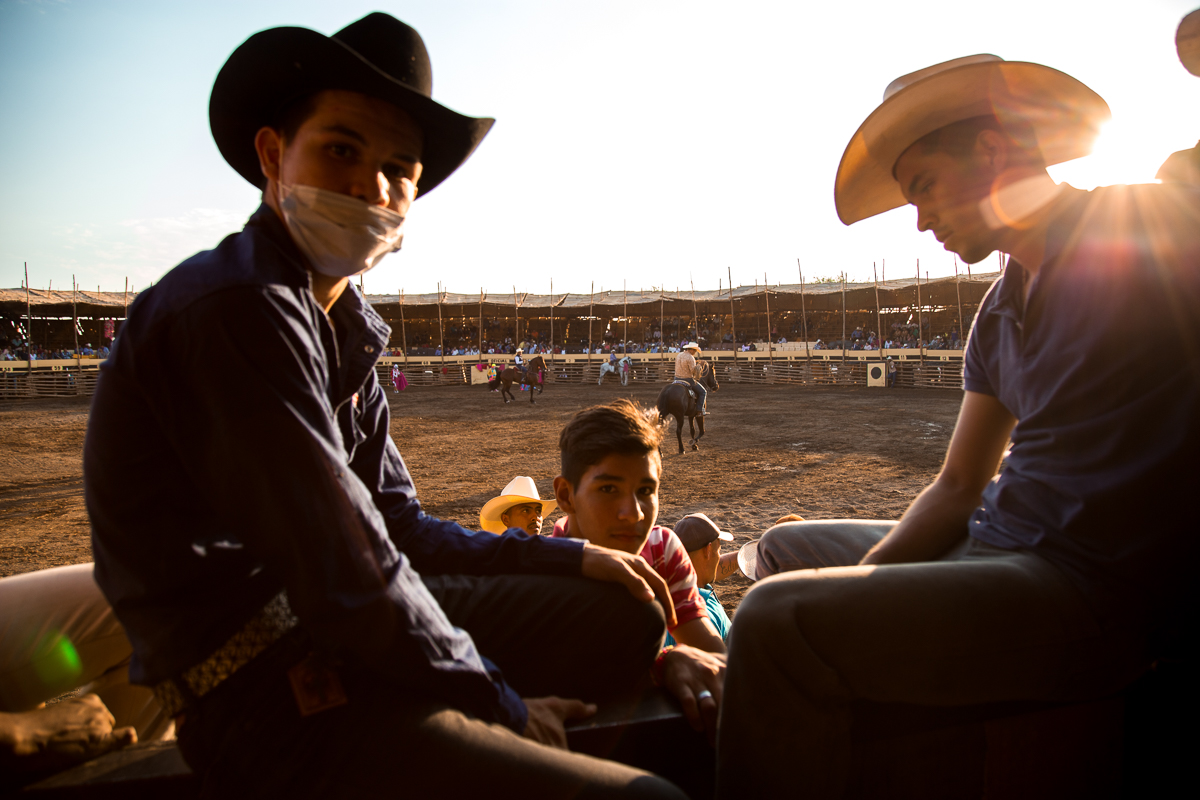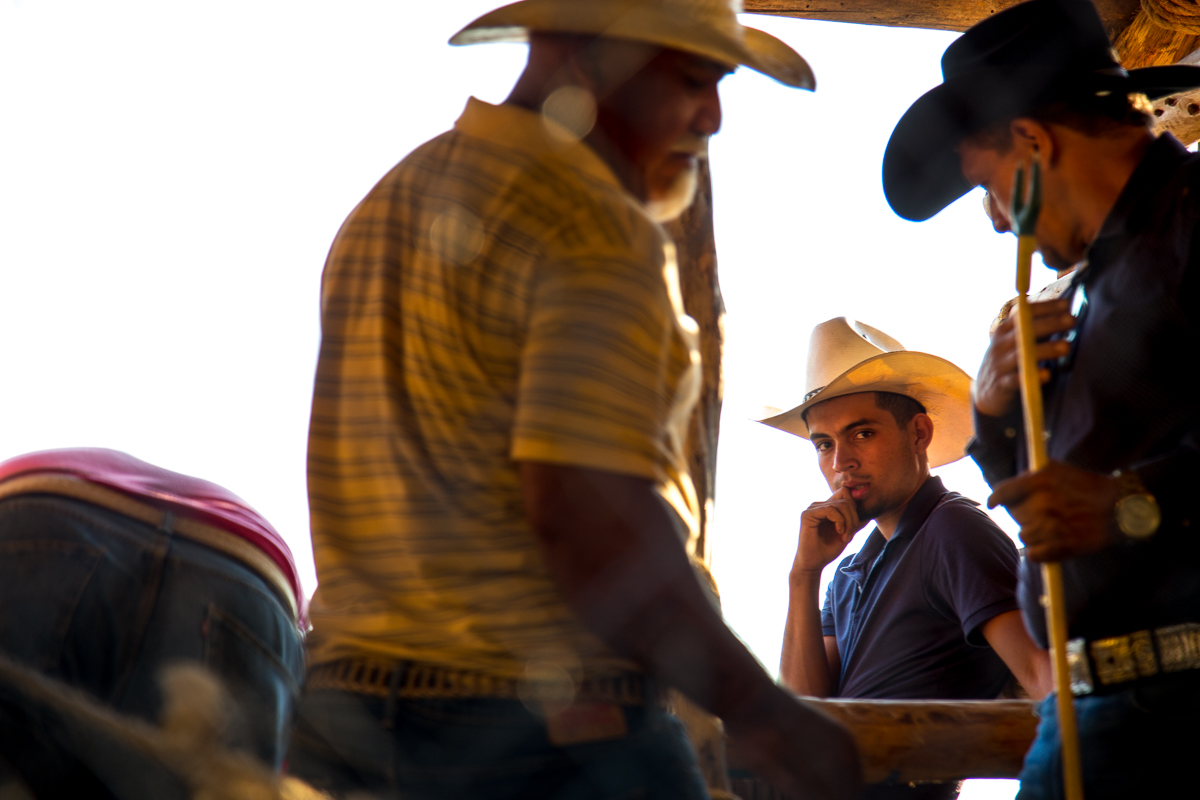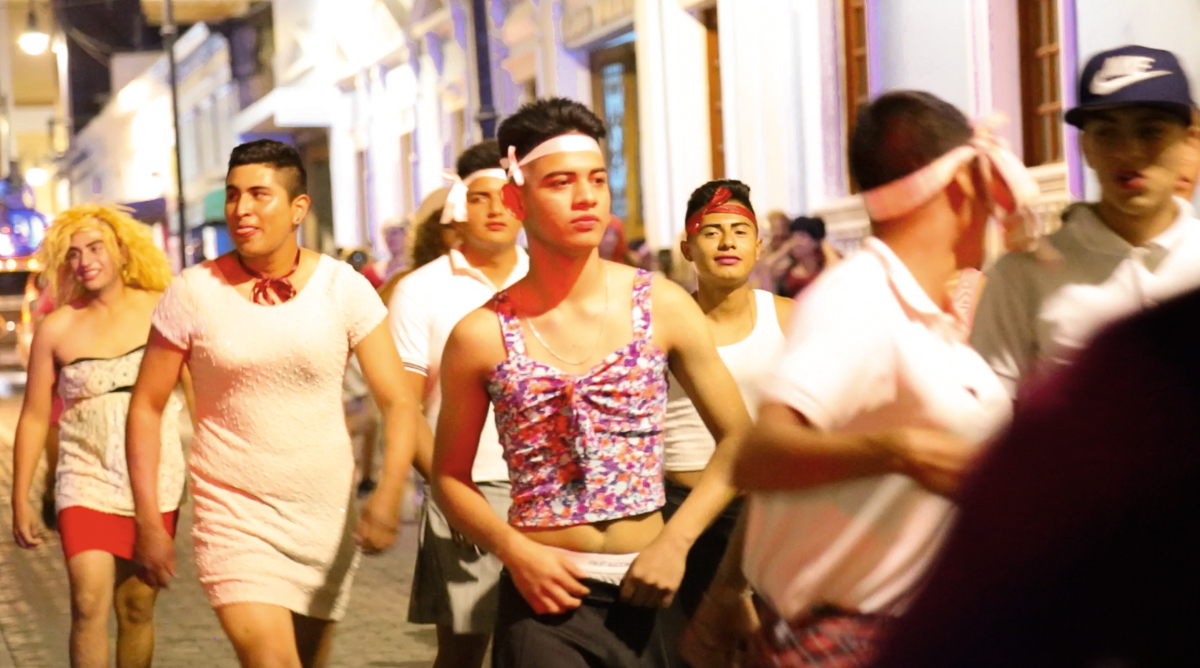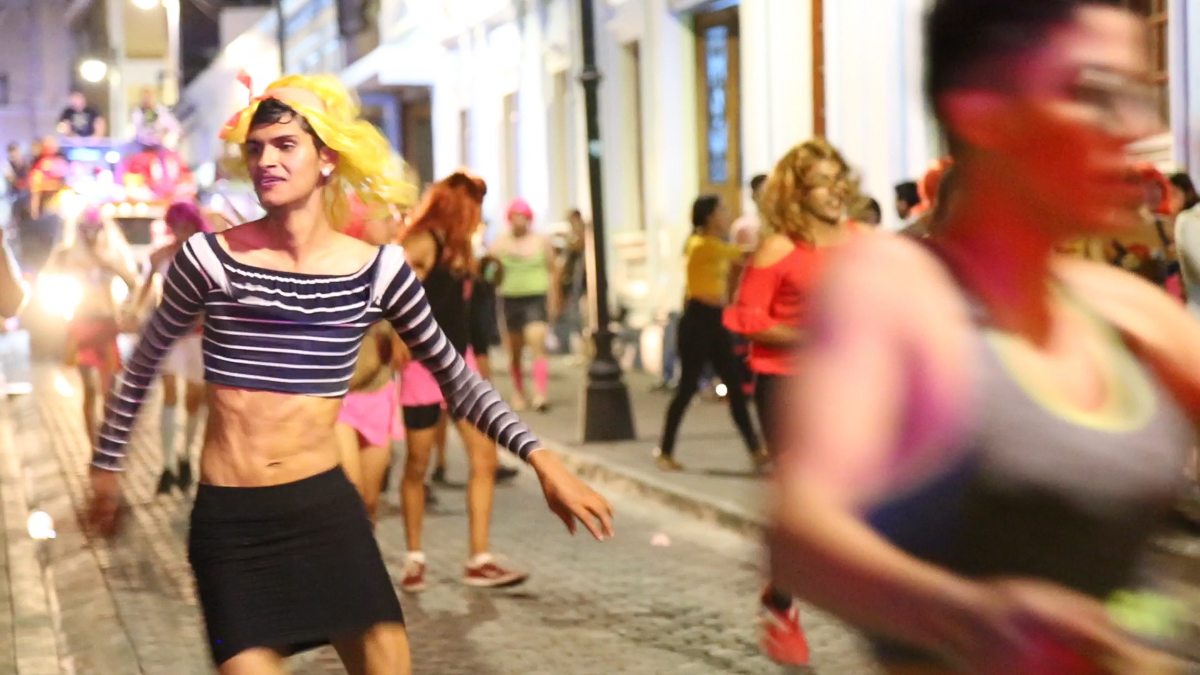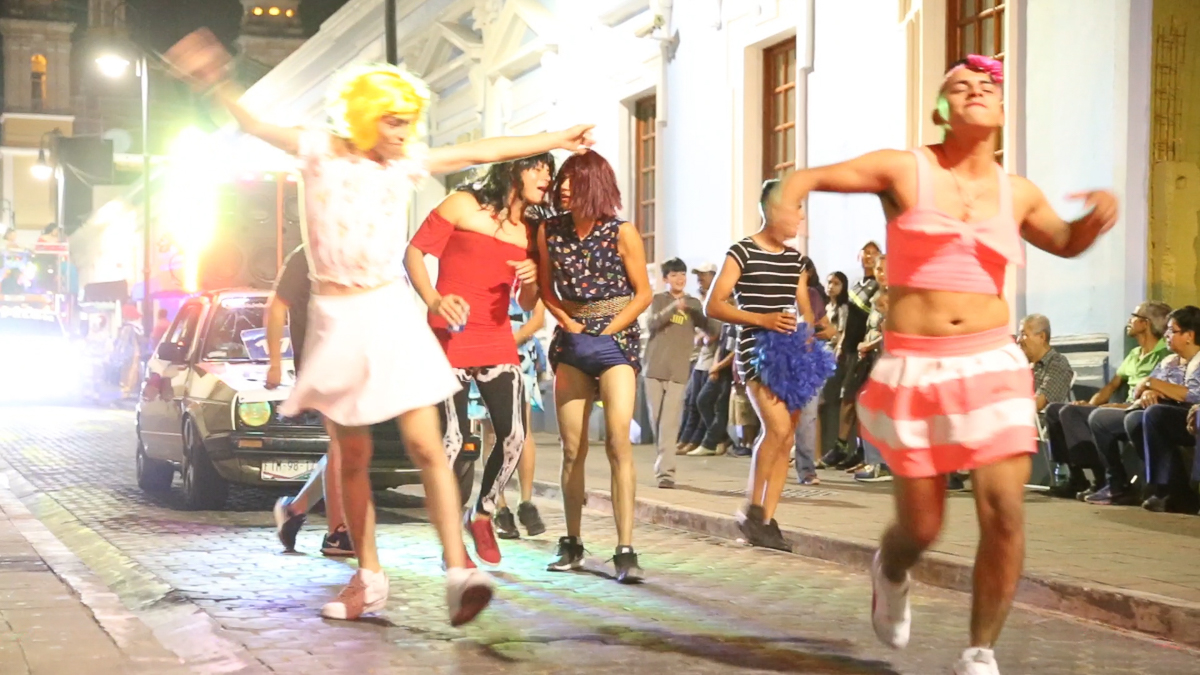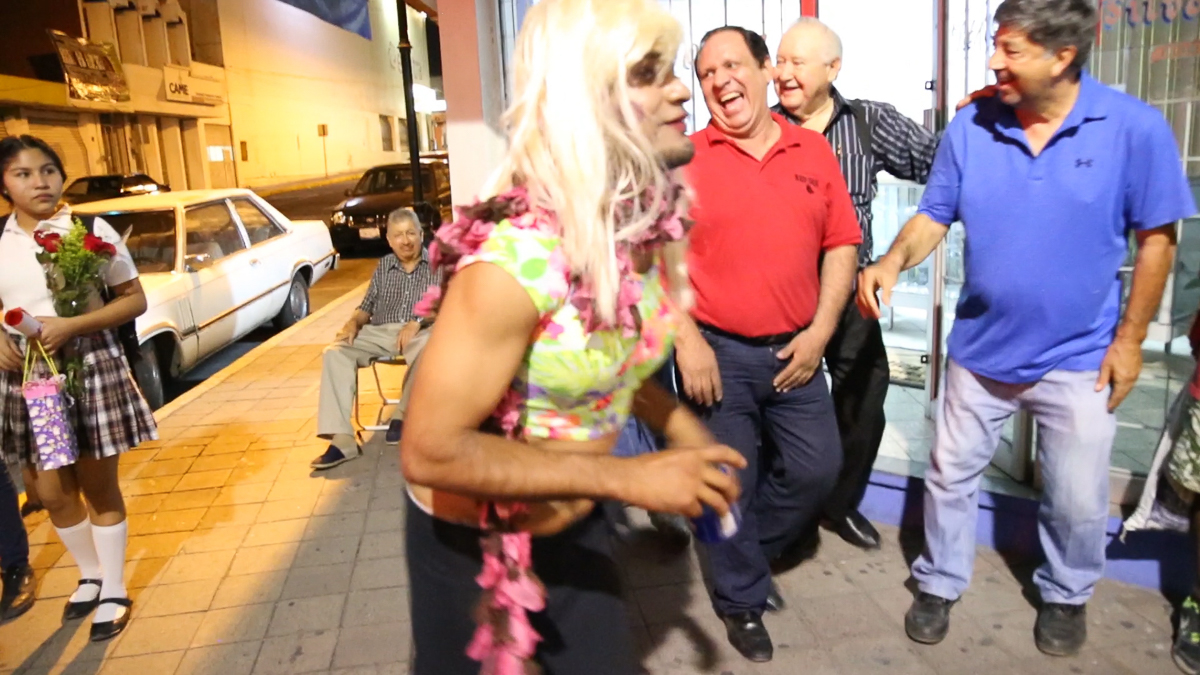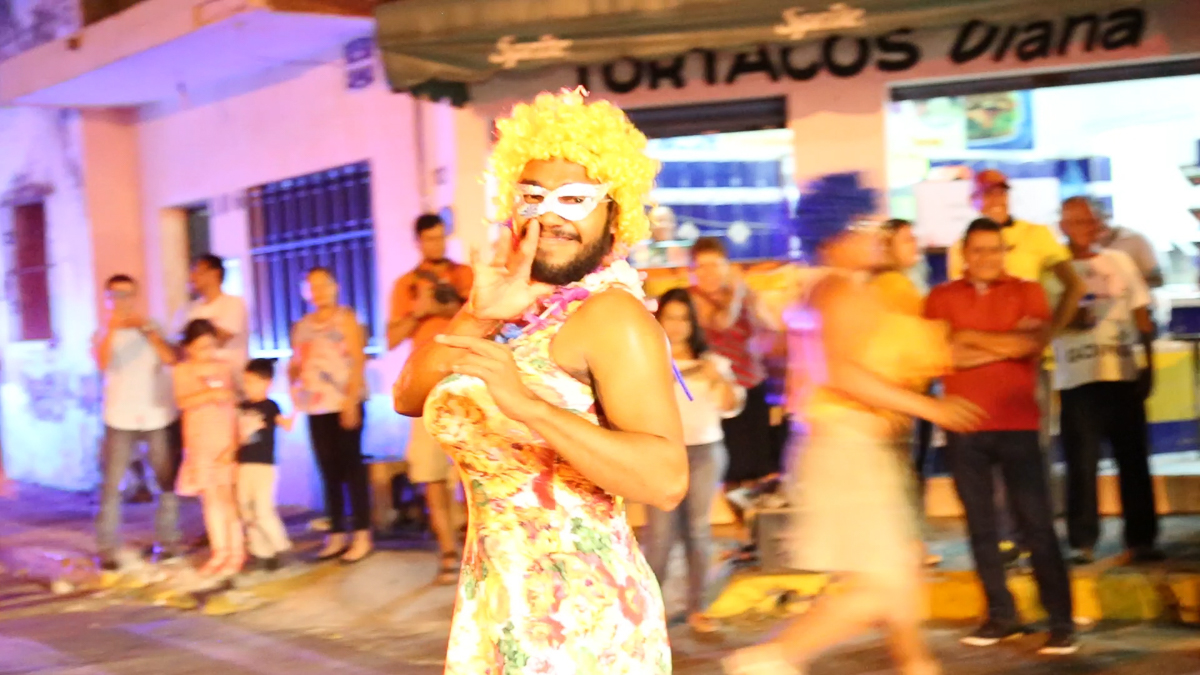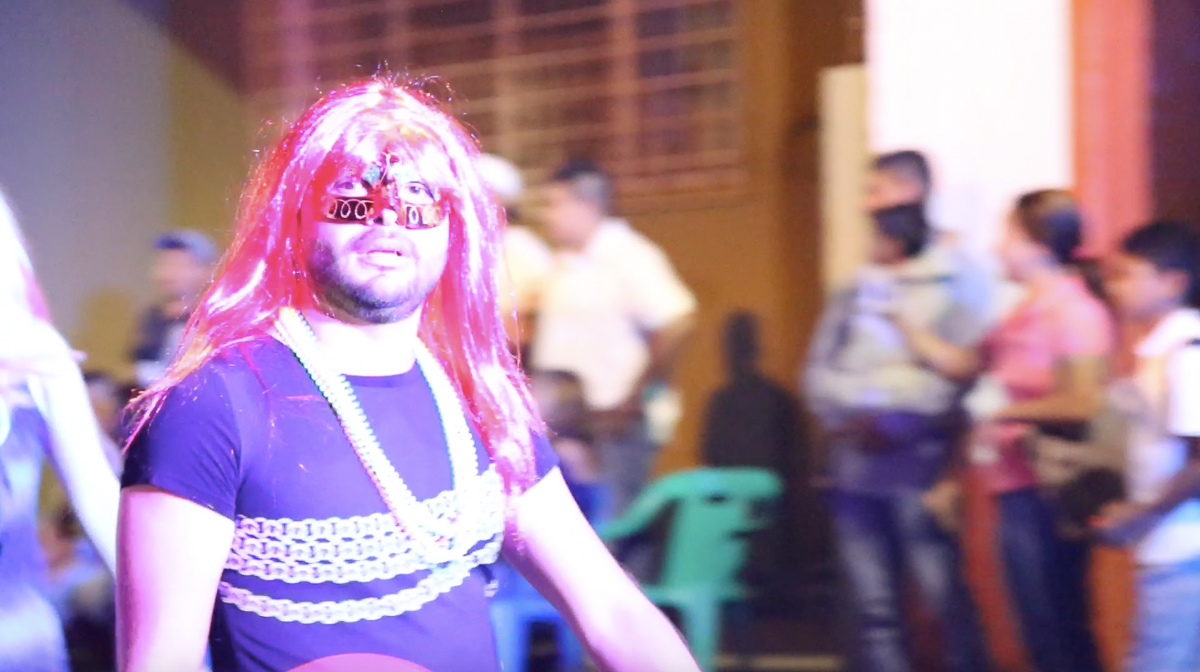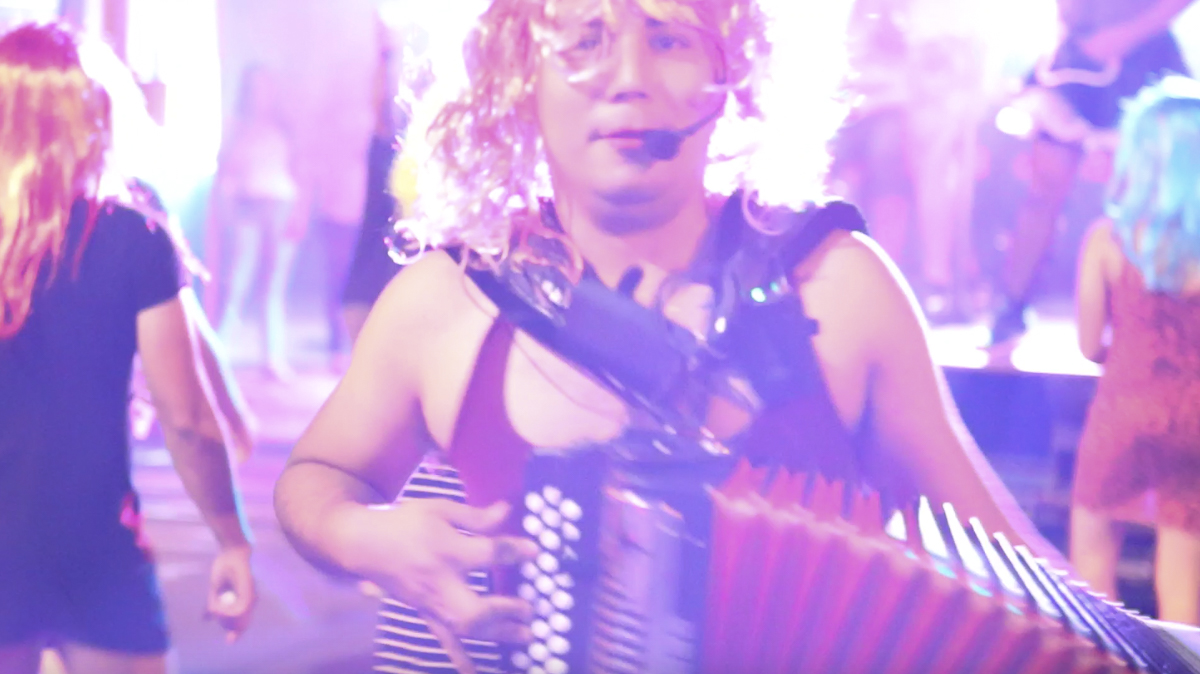Making Machismo: Contextualizing queer life and death in Colima, Mexico.
In 2017 the queer community of Colima was shaken by several deaths of trans women and persistent ongoing threats of violence. However, such are the negative attitudes towards LGBTQIA+ in Colima, testimonies of violence and daily harassment are largely hidden. As Queer Here have documented, Trans* women in particular are subject to catcalling, threats of and actual violence.
Machismo culture in Colima is performed in various ways, mainly through gender role playing in the home and workplace, but is is also reflected and deeply connected to traditional cultural celebrations, as this photo essay documents.
Once such example, is the annual ‘Charrotaurinas de Villa de Álvarez’ festival.
The ‘cabalgata’, as it is more commonly referred to, is a 160 year old celebration of the charro-taurinas - a celebration of rancheros and bull fighting. Although the origins of the festival are in celebrating the feast of the city’s patron saint Philip of Jesus, the cabalgata has evolved to centre primarily on charreada events - displays of horsemanship and bullfighting which take place in “La Petatera” (bullring). The week of charreada activities build towards the final celebration, and much anticipated ‘Gasolina’ parade.
In a recent interview, Colima state congress representative for political party PAN Javier Ceballos, says every effort must be made to preserve the festival citing its events as “an intangible cultural heritage”.
The festival is an opportunity for masculinity to be on display. The ‘charro’ figure which is central to the festival, traditionally has symbolized masculinity through his dramatic feats of acrobatics and strength in the Mexican caballero scene, a figure which became further idolised in Mexican culture through ‘charro’ genre of films which took hold in the golden age off Mexican cinema in the 30’s and 50’s. In its early days, charreda’s were an opportunity for even lowest of laborers in the working class to prove masculinity through the events in hopes of improving their social status by association.
The majority of the festival follows this typical charro narrative with men taking the central role in celebrations whilst women take on a background role in preparations, the women’s ride and of course the queen or ambassador of the festival. It is against this binary backdrop that the gasolina becomes the even more significant in relating the dominance of macho culture and its threats to the queer community. The gasolina, which serves as the culmination of the cabalgata activities and a closing ceremony of sorts. Intended to be the celebration automotive industry, male taxi and truck drivers cross dress in wigs, skirts and stuffed bras whilst groping at male members of the public on the sidelines. The citizens of Colima turn out in hundreds to both participate and watch the parade in what is generally seen as a source of humor and entertainment.
The cabalgata is not unique in Mexico in that it incorporates the dressing of cis-gendered men in traditionally female attire for entertainment. In Chiapas state the men of Chiapa de Corzo take part in the annual 'Dance of the Chuntaes (servants)'. Over 1500 men participate, applying make-up, braiding their hair and dressing in traditional attire the men dance through the streets of the city in a ritual that originated with the Spanish conquest when men are thought to have dressed as women to avoid being detained by the Spanish.
A handful of queer identifying people participate in the festivities - but it is complex. Some members of the queer community take the opportunity to be openly queer and celebrated for only a few hours, if only it is to be mocked, some have hope that it may eventuate into an inclusive respectful environment for queers. On the majority, the LGBTQIA+ community, particularly trans women such as Michelle Martinez are vocal opponents of the event, calling it “insulting and disrespectful to trans* women and the LGBT community”.
The gasolina parade is not just a display of the toxic culture of trans-misogyny in Mexico which is fueled by macho culture, it is violence in and of itself - a performance of distain for otherness contributing to the everyday cumulative trauma which queer people experience in Colima and throughout Mexico.
Documenting the Charrotaurinas de Villa de Álvarez festival and gasolina parade, in Colima City, Colima, Mexico provide an insight into how machismo culture continues to be constructed and preserved today through tradition whilst offering a snapshot into the context in which queer people live and die in Colima, Mexico. At Queer Here we believe it is requisite to reflect and record the culture and context in which queers exist in an attempt to step us into the spaces which queers exist and resist.
This photo essay along with an article by the same name was originally published by Queer Here.
